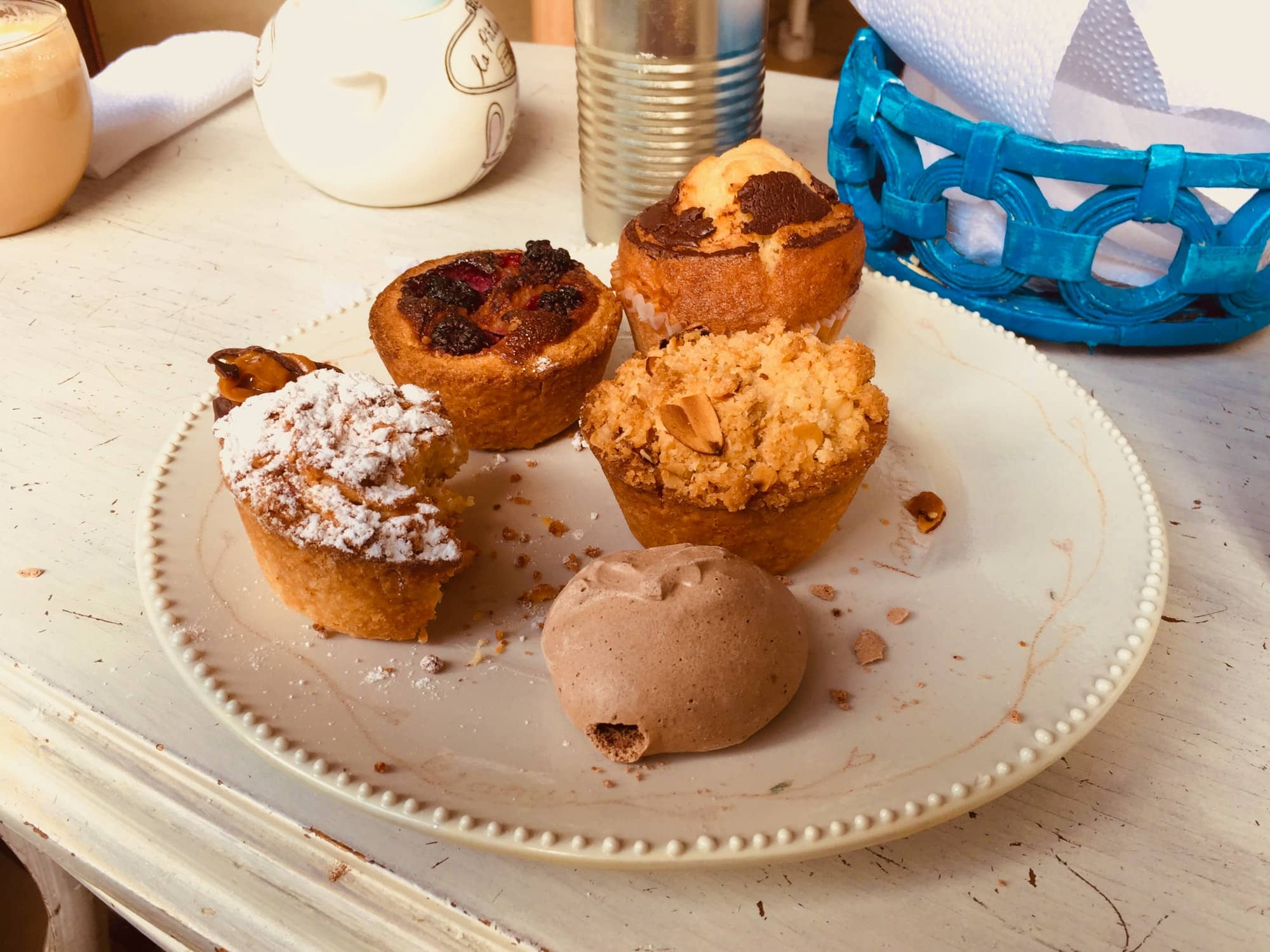Can You Master the Art of French Macarons with a Flawless Meringue?

Macarons are a delight to the senses. Their pastel colors, delicate texture, and delectable flavors make them a favorite among dessert enthusiasts. But these petite French pastries can be daunting to make. They require finesse, accuracy, and a lot of patience. The journey to mastering macarons, however, is well worth the effort. With the right recipe, a carefully controlled oven temperature, and a flawless meringue, you can create perfect macarons in your kitchen.
Understanding The Macaron
Before we delve into the baking process, it’s essential to understand what makes a macaron truly exceptional. A macaron consists of two almond-flour shells, sandwiching a rich filling. The shells should have a smooth, shiny surface and a ruffled "foot" at the base. Inside, they should be soft and slightly chewy. Achieving this texture is a result of the dance between the ingredients: almond flour, egg whites, sugar, and precision in the baking process.
Sujet a lire : How to Make the Perfect English Fish Pie with a Mashed Potato Topping?
The egg whites are whipped into a meringue, which gives the macaron its light, airy texture. The almond flour and sugar are carefully folded into this meringue, creating a batter that will form the shells. The batter’s consistency is critical – too thin, and the macarons will spread and won’t form feet; too thick, and they will crack.
The Meringue: The Secret to Perfect Macarons
The meringue is the heart of a macaron. It’s what gives the shells their structure and their characteristic light, airy texture. Creating the perfect meringue requires patience and precision, but with practice, you can master it.
Avez-vous vu cela : Can You Create a Gourmet Pistachio Crusted Lamb Chops with Mint Pesto?
Start by beating the egg whites on low speed until they become frothy. Gradually add the sugar while continuing to beat the eggs. Once all the sugar is added, increase the speed to high and continue whisking until the meringue holds stiff peaks. This is the stage where the meringue is glossy and the peaks stand up straight when the beaters are lifted. Be careful not to overbeat the meringue as it can become dry and difficult to work with.
The Batter: A Delicate Balance
Once the meringue is ready, it’s time to fold in the almond flour and sugar mixture. This step, known as macaronage, is where many macaron dreams can fall flat. It’s a delicate balance to mix just enough that the batter is smooth and flows like lava, but not so much that it becomes thin and runny.
Start by adding a third of the almond mixture to the meringue, gently folding it in until it’s incorporated. Repeat with the remaining two-thirds, one at a time, until the batter reaches the desired consistency. The batter should be smooth and shiny, and it should flow slowly and effortlessly off the spatula. Take your time with this step. Under-mixed batter can result in cracked shells with no feet, and over-mixed batter can lead to flat, hollow macarons.
Baking Macarons: It’s All About the Temperature
When it comes to baking macarons, the temperature of the oven is critical. Too hot, and the macarons might brown or crack. Too cool, and they won’t fully set. It’s a delicate balance that requires attention and precision.
Preheat your oven to around 300°F (150°C). This is a good starting point, but every oven is different, so you might need to tweak the temperature over time. Use an oven thermometer to ensure accuracy. Bake the macarons for around 15 minutes, but start checking around the 12-minute mark. The macarons should be set and firm on top, but not browned.
Remember, patience is key here. If you remove the macarons too soon, they will stick to the baking sheet. Let them cool completely on the baking sheet before attempting to remove them.
The Final Touch: Filling and Maturing
Once the macarons are cooled and removed from the baking sheet, they are ready to be filled. You can use a variety of fillings, from buttercream and ganache to jams and curds. Be creative and have fun with this step.
Once the macarons are assembled, they need time to mature. This process involves storing the filled macarons in the fridge for at least 24 hours. The maturing process allows the shells to absorb the moisture from the filling, resulting in a perfectly soft and chewy texture that is the hallmark of a great macaron.
In the end, remember that making macarons is as much an art as it is a science. It requires patience, practice, and precision. But the reward is well worth the effort – a batch of beautiful, delicate macarons that are a delight to both the eye and the palate. So roll up your sleeves, preheat your oven, and get ready to master the art of French macarons with a flawless meringue.
Incorporating Food Coloring and Piping the Batter
Incorporating food coloring into your macaron batter can be a fun way to personalize your macarons. However, this step requires caution. Adding too much food coloring can change the batter’s consistency and affect the outcome of your macarons. Always use gel or powder food coloring, as liquid ones can add extra moisture to the batter and ruin the consistency.
To add the color, incorporate it into the meringue before you add the almond flour and powdered sugar. Start with a small amount, as you can always add more if necessary. Mix it well into the meringue, ensuring the color is evenly distributed before proceeding with the remaining steps.
Once your colored macaron batter is ready, it’s time to pipe it onto a baking sheet lined with parchment paper. Transfer the batter into a piping bag fitted with a round tip. Pipe small circles onto the parchment paper, leaving enough space between each one for the macarons to spread slightly during baking.
After piping, tap the baking sheet on the counter a few times to remove any air bubbles. This step is crucial as trapped air bubbles can cause the macaron shells to crack during baking. Let the piped macarons sit at room temperature for about 30-40 minutes, or until they form a skin on top. This will help prevent the shells from cracking and ensure they form the characteristic ‘feet’ when baked.
Troubleshooting and Perfecting Your French Macarons
Despite following the macaron recipe meticulously, you may find your macarons don’t turn out perfect every time. Don’t despair! Even professional bakers experience this. Here are some common issues and their solutions:
- If your macarons are hollow, this could be due to over-mixed batter or too high oven temperature. Ensure your batter consistency is right, and check your oven temperature with a thermometer.
- If your macarons are cracked, it could be due to under-mixed batter or trapped air bubbles. Remember to tap the baking tray to release air bubbles after piping, and let the macarons rest to form a shell before baking.
- If your macarons didn’t develop feet, it could be due to under-whipped egg whites or a too hot oven. Make sure your egg whites are whipped to stiff peaks and your oven temperature is accurate.
Remember, practice makes perfect. Each attempt will help you understand the process better and bring you one step closer to making flawless French macarons.
Conclusion
Mastering the art of baking French macarons requires patience, precision, and practice. From getting your egg whites to the perfect stiff peaks, carefully incorporating the dry ingredients, and artfully piping the batter, every step is crucial. The magic of producing a flawless meringue and achieving the perfect texture of the macaron shell is a skill that comes with time and repetition.
Keep in mind the importance of letting the piped macaron batter rest before baking and the vital role that the oven temperature plays in the final outcome. And remember, even if your first few batches don’t turn out as expected, don’t be disheartened. The journey of mastering macarons is filled with learning and delicious outcomes.
In the end, the satisfaction of creating these delicate, sweet treats from scratch is well worth the effort. So keep experimenting, learn from your mistakes, and don’t forget to enjoy the process. After all, the joy of baking is not just in the perfect end product, but also in the journey of creating it. Happy baking!
